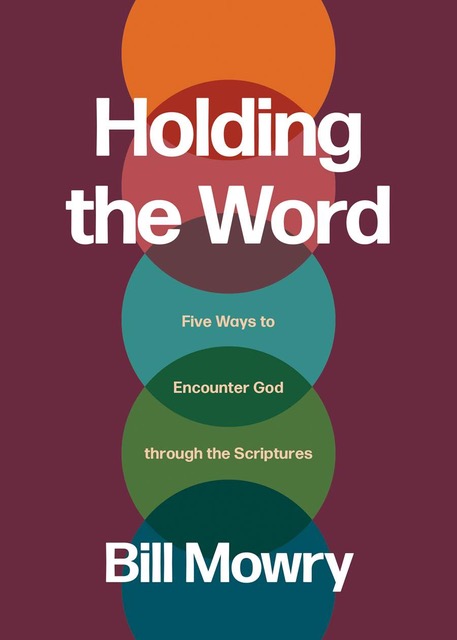The older I get the more I value simplicity. Maybe its because my attention span is shorter and my patience runs thinner. This leads to a confession. I’m embarrassed to admit that over the years, I’ve devised a lot of complicated ministry strategies, solutions, and programs that yielded little or no returns. Complexity seldom pays off. The folksinger Woody Guthrie is quoted as saying: “Any fool can make something complicated. It takes a genius to make things simple.” I’m learning the value of simplicity.
In my quest for simplicity, I’ve established some simplicity rules for life and ministry. Longevity has allowed me to observe the twists and turns of The Navigators, countless churches, and corporations. I’ve accumulated enough anecdotal evidence to give credibility to how simplicity rules. Here are my Simplicity RULES.
Rule #1. Simplicity aims for easy implementation. This principle is understood by stating the opposite: the greater the complexity the less likely it will be done. Few people thrive on complexity, most want things straightforward. I’ve observed that the simpler something is, the more likely it can be duplicated or passed-on. Notice how the simplicity of The Navigator “wheel” keeps rolling from generation to generation.
Rule #2. Simplicity grows trust. Complexity steals trust through control and multiple levels of leadership. The greater the number of leaders between those on the front lines and the leadership, the less trust will be exercised. Instead of trusting for local initiative, we look for permission from above before we take action.
Rule #3. Simplicity does not require a lot of time. The greater the complexity of an organization or program, the more time is needed for management and organization. Time is needed to read the memos, attend more meetings, and report to multiple managers. When we simplify the organization, we reduce the time needed for management and increase the time for innovation and implementation.
Rule #4. Simplicity believes that it’s better to relate than to regulate. This principle comes from an unlikely source — the first chapter of Esther. When King Ahasuerus’ wife declined his request to flaunt her sexuality, the king decided to make some rules governing wives and husbands . . . for the entire Kingdom (Esther 1:22)! Instead of relating to his wife and reaching an agreement, he passes a regulation for all wives. Rules and regulations are always easier to implement than the messiness of relationships.
Rule #5. Simplicity chooses to train rather than regulate. When organizations and churches grow in size, they face a challenge to control the quality of their output. The standard procedure is to increase regulations, establish quality controls through metrics, and promote an agenda of conformity. Instead of training people face-to-face to ensure quality, we package how-to manuals. Simplicity believes in training people well so that they can be trusted and released.
Rule #6. Simplicity gives permission. The greater the complexity the more permission is required. Control seems to inevitably follow complexity (see Rules #2 and 4). This means that more permission is needed to deviate from what is considered the “norm.” Control becomes centralized in the hands of a few rather than dispersing the right of innovation to the many.
Rule #7. Simplicity keeps few records. Complexity requires data keeping . . . which takes more time. The assumption is that we measure success by soliciting and collecting data. Unfortunately, data seldom takes into consideration the messiness of relationships, the understanding of complexity, or the seasonal nature of success. Simple organizations require that the people who request a report must read and comment on the report to the people who wrote the report. When this rule is followed, reports become fewer.
Rule #8. Simplicity gives ownership and initiative. Centralized planning is complexity’s answer to ownership and initiative. Complexity is like a magnet that accumulates power and dispenses paperwork and permission. Ask the former Soviet Union and Mao’s China about the outcomes of centralized planning. How many five-year plans did they go through?! Too much adherence to centralized planning becomes a substitute for ownership and initiative.
Rule #9. Simplicity keeps the vision clear and the values few. Most people cannot remember complex vision statements or can rattle off five, six, or seven values. If a vision statement requires someone to paraphrase it for understanding and the values are too numerous to remember, then complexity reigns. “Seeking first the Kingdom” or “Becoming a fisher of men” are pretty simple vision and mission statements.


Leave a Reply